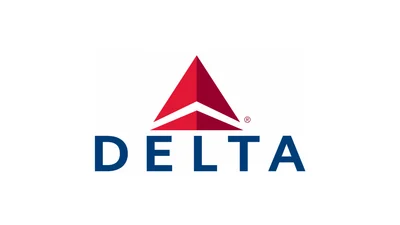"Dimming the lights allows your eyes to pre-adjust to darkness, so that you're not suddenly blinded if something happens and the power goes out, and you're dashing for the doors in darkness or smoke. The emergency path-lighting and signs will also be more visible. And it makes it easier to see outside, which helps you to maintain at least a basic sense of orientation - i.e. which way is up."
The practice has its basis in both scientific understanding of how vision adapts and lessons learned from past accidents where disorientation contributed to casualties during evacuations.
Pilots also have protocols for adjusting their vision when moving between different light environments. Regulatory authorities require cabins be ready for quick evacuation at all times; thus, dimming lights before takeoff or landing is mandatory on many flights—especially at night when visibility inside and outside is lowest.
Common misconceptions exist about this practice. Some believe it creates a relaxing atmosphere or saves energy costs; others think it's meant only to reduce glare in pilots’ cockpit windows—a secondary benefit but not the main reason.
Window shades are another safety-related protocol observed during takeoff and landing on daytime flights. Keeping shades open lets natural light illuminate the cabin if electrical power fails and gives crew members visual access outside the aircraft during emergencies.
At night, open window shades are less crucial due to low external visibility; however, dimmed cabin lighting remains important so crew can better see outside without interior glare obstructing their view.
In addition to safety reasons, cabin lights may also be dimmed on long-haul flights for passenger comfort or sleep cycles using advanced mood lighting systems found on modern aircraft like the Airbus A350 or Boeing 787 Dreamliner.
Aircraft certification standards require that planes facilitate complete evacuation within 90 seconds even if half of all exits are blocked. This includes sufficient exits, floor path lighting, slides—and well-trained crews who regularly practice emergency procedures.
Recent incidents demonstrate both successful evacuations due to effective training (such as Air Busan Flight 391) as well as tragic outcomes when evacuations were delayed (as seen with Aeroflot Flight 1492). Crew readiness remains essential alongside physical safety features built into modern airliners.
 Alerts Sign-up
Alerts Sign-up





































